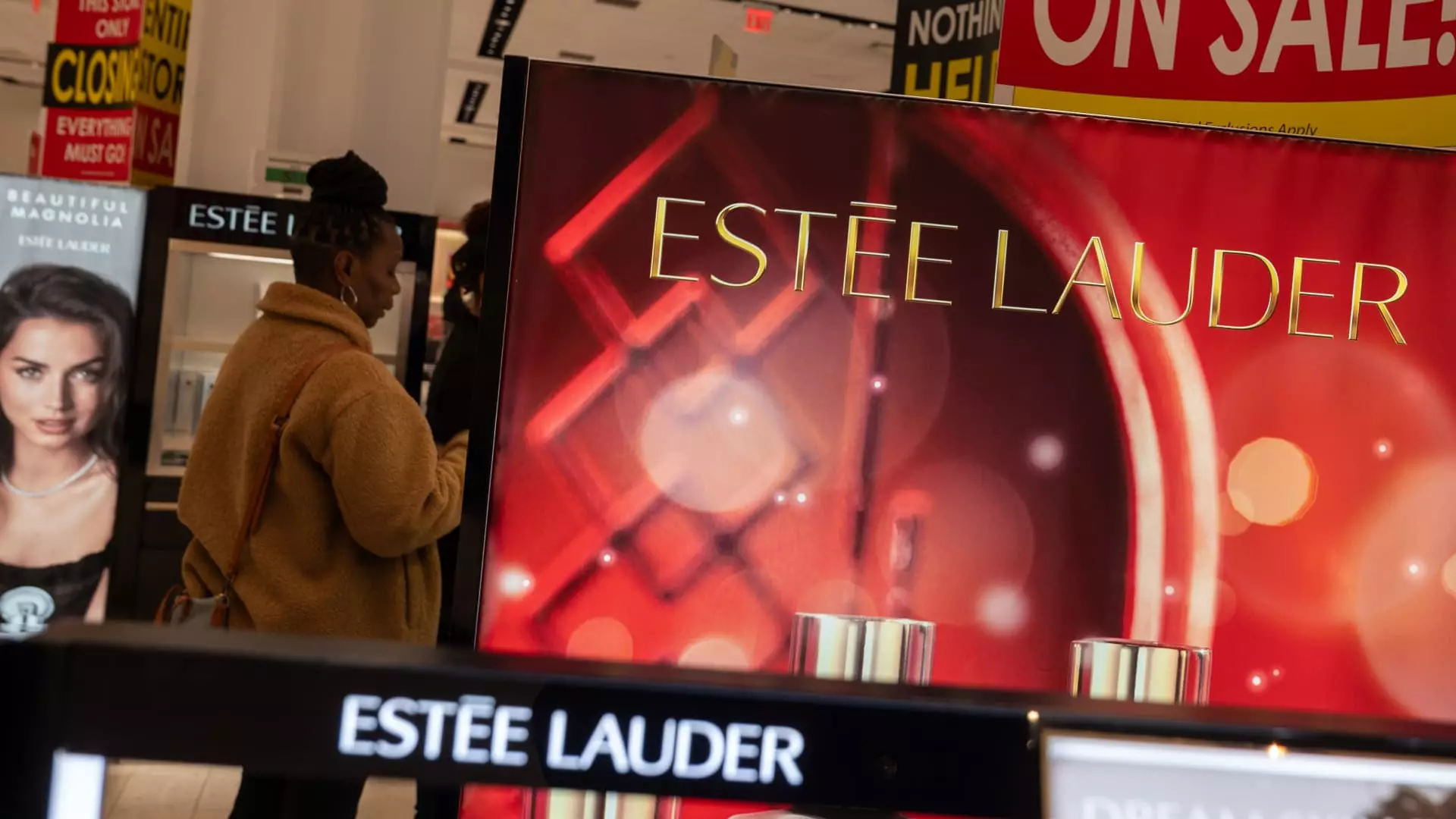This week has proven tumultuous for the beauty industry, particularly for key players like E.l.f. Beauty and Estee Lauder, as they grapple with faltering stock prices and pessimistic forecasts. E.l.f. Beauty experienced its most significant decline since August 2018, witnessing a staggering drop of nearly 29% in its stock value over the course of just five days. The root of this underperformance can be traced back to the company’s latest fiscal third-quarter report. Despite posting higher-than-expected revenues, E.l.f. fell short on adjusted earnings per share (EPS), leading the brand to adjust its revenue guidance downward for the fiscal year. This adjustment shifted projected revenues to the range of $1.3 billion to $1.31 billion, a decrease from earlier estimates of $1.32 billion to $1.34 billion.
Market Reactions and Analyst Outlook
The response from market analysts has been swift and critical. High-profile firms such as Morgan Stanley, D.A. Davidson, and UBS downgraded their ratings for E.l.f. Beauty, reflecting a cautious stance towards its future profitability. E.l.f. CEO, Tarang Amin, articulated the broader challenges facing the cosmetics sector, attributing a 5% decline in January sales to the aftermath of aggressive holiday discounting and waning consumer interest in beauty products online.
In parallel, Estee Lauder suffered significant losses as well, with shares plummeting by 22% in a week. The company’s announcement to reduce its workforce by approximately 5,800 to 7,000 employees by the conclusion of the fiscal year 2026 further exacerbated investor apprehensions. This workforce reduction comes amidst a forecast of weakened travel retail sales in Asia, threatening the company’s financial performance in the near term. CEO Stéphane de La Faverie, who recently took the helm, candidly admitted in an earnings call that the company failed to remain agile, thus missing out on potential growth opportunities.
Industry-Wide Implications
Similarly, Ulta Beauty and Coty faced declines of 9% and nearly 8%, respectively, marking Ulta’s lowest performance week since April and Coty’s most disheartening period since October. Reports from E.l.f. indicated a noticeable “softness” in sales at one of their primary distributors, Ulta, reinforcing concerns about the overall health of the beauty market.
Furthermore, external economic pressures loom large, particularly with the introduction of tariffs by China on select U.S. imports in retaliation for tariffs imposed by the Trump administration. This development poses an added challenge, especially for companies like E.l.f. that rely on manufacturing roughly 80% of their products in China. While Amin expressed some relief over the fact that tariffs levied were significantly lower than initially anticipated (10% as opposed to 60%), uncertainties remain, potentially eating into profit margins and complicating business operations.
The beauty sector finds itself navigating through a labyrinth of challenges, with forecasts downgraded and stock prices suffering. Companies must not only address internal strategic deficiencies but also adapt to the shifting economic landscape characterized by tariffs and changing consumer behaviors. As the industry looks to recover, it remains essential for beauty brands to reinforce their market agility, innovate constantly, and focus on maintaining consumer engagement to revive growth amidst these prevailing challenges.

